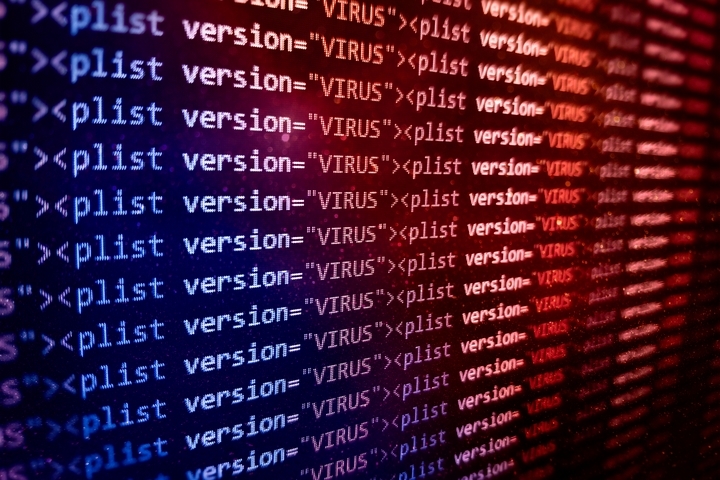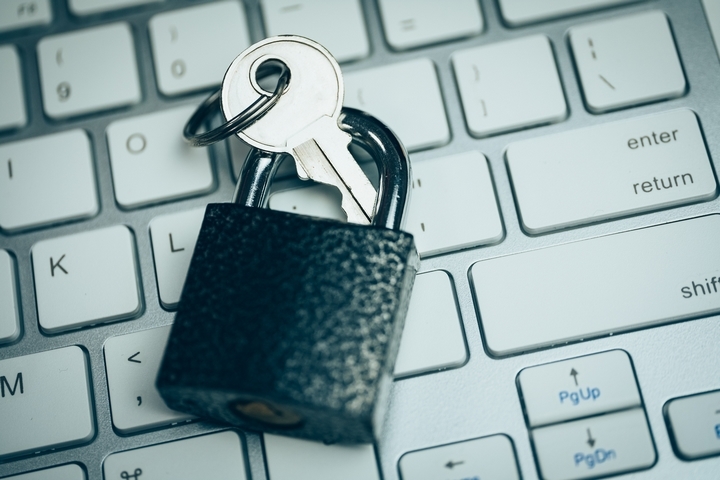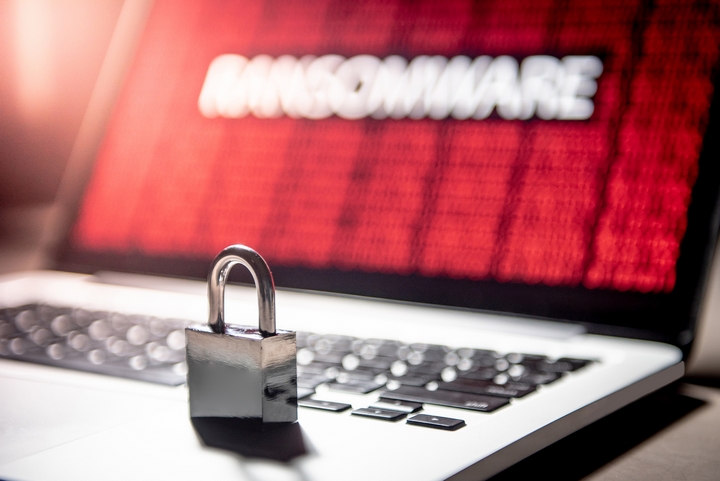Ransomware can cause extensive damage to your file system, and can completely block out all the files in your computer. However, most ransomware usually affects your computer through particular sources. Ransomware, while harmful and deadly, is usually spread through different sources, so if you are careful, it can be avoided. If your computer is the victim of a ransomware attack, it won’t take long before the entire file system is encrypted, and all of your personal data will get blocked out. The hackers will require you to make a specific payment before giving you a key to decrypt the files, though that seldom happens. Here are four ways computers usually get infected with ransomware.
1. Malicious Programs

Looking to download a free software program? It might be a malicious file, especially if you are downloading it from a private server hosted by a third party. Many cracked software programs are available online, and in most cases, they are infected with viruses and other malicious software programs. If you are not careful, the virus will spread throughout your computer.
2. Emails

Phishing emails are also a popular method used by hackers for a ransomware attack. Everyone receives phishing emails from time to time, but if you are not careful enough, you might end up opening one of these emails. This could initiate a download, especially for a malicious attachment, that could quickly infect your computer. This is one of the most common methods used by hackers to infect computers, primarily because phishing emails spread so quickly all over the web. They usually target companies because there are so many emails on the private servers.
3. Social Network Messages

Many hackers also use links on social networks to hack computers. They send links to unsuspecting individuals, usually with a tempting message that coaxes the person to click on the link. As soon as you do, a download is initiated in the background, and before you know it, the entire file system will be infected. Many people simply click on the link without knowing what’s on it, and this leads to immediate infections.
4. Security Vulnerabilities

If you are a part of a local area network, there’s a risk that hackers could affect the entire network as well. These are just some of the sources through which your computer can get infected against ransomware.

